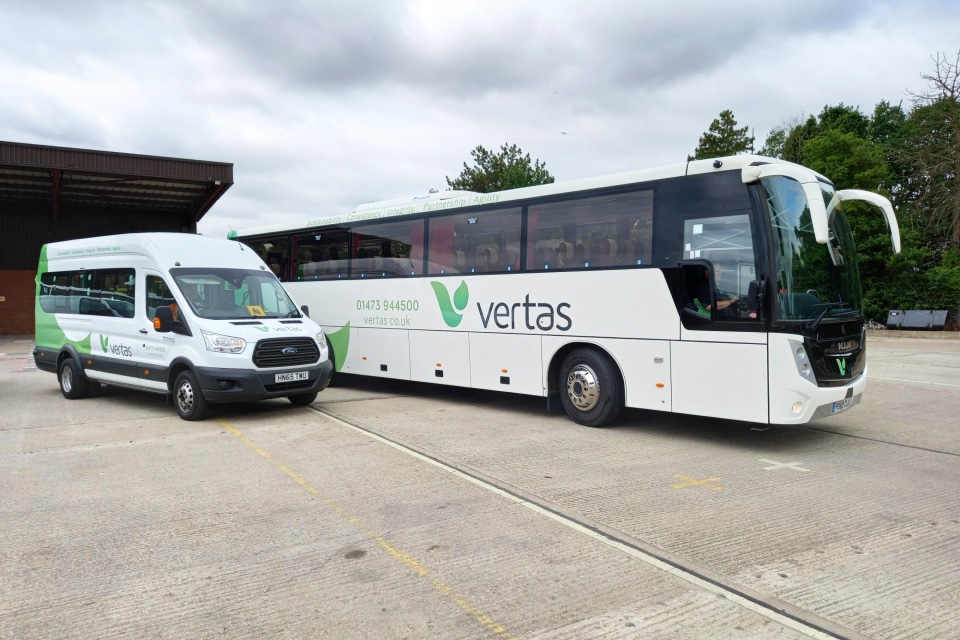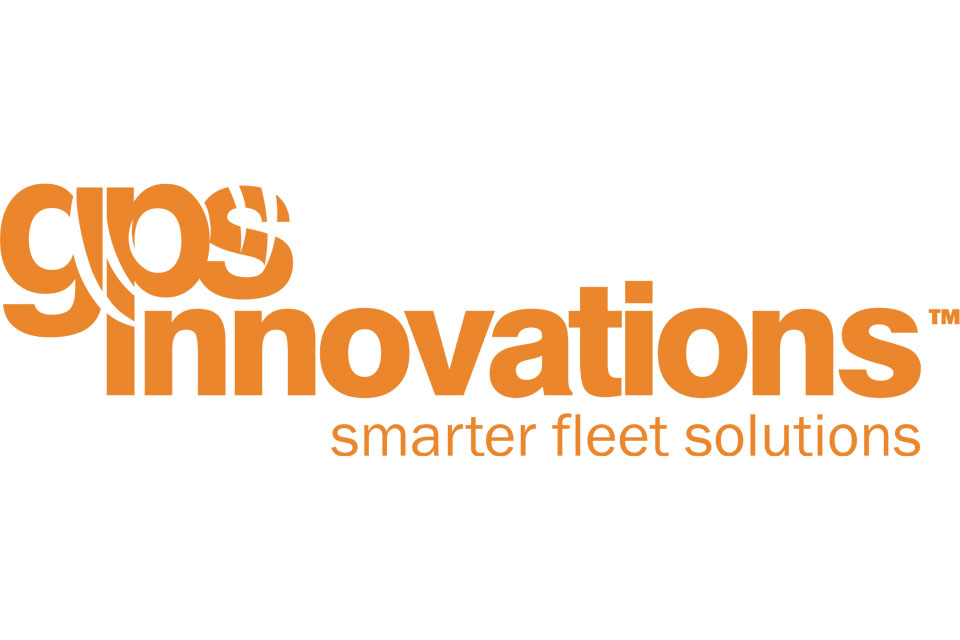Vertas partners Trackm8 to drive fleet efficiencies

Facilities management specialist Vertas has partnered up with Trakm8 to enhance the operating efficiency of its 280-vehicle fleet, consisting of vans, pool cars, mini-buses and coaches. With a focus on fleet efficiency and carbon footprint reduction, Vertas approached Trakm8 to install telematics systems in its fleet to support the company’s mission to become carbon neutral by […]
Find out how much you could lower your fleet’s fuel consumption today

Lightfoot’s fuel and emissions calculator will show you how much your fleet could be saving simply by training your drivers on the go and helping them to drive more efficiently in real-time. The green tech company’s game-changing in-cab driver coaching technology helps create cleaner, greener fleets by steering drivers towards a smoother driving style through […]
Lightfoot launches new Live Overspeed Alerts feature

Driver coaching and rewards platform provider Lightfoot has unveiled a new development for its fleet management package – the Live Overspeed Alerts feature. Available to add on to the existing Lightfoot solution, this feature targets the problem of speeding within fleets, helping to prevent approximately 80% of incidents. It does this by alerting drivers whenever […]
A cleaner, greener fleet – How Asda is reducing emissions through driver engagement

Partnering with Lightfoot – the UK’s leading provider of in-cab driver coaching and engagement technology – has helped Asda on its journey towards net-zero, with the supermarket now saving an incredible 2,482 tonnes of CO2 per year through its grocery delivery fleet. It’s all down to the unique technology offered by British green-tech company Lightfoot, […]
Improving driver behaviour: Using telematics for safety & engagement

By Richard Hemming – VP Customer Success, GreenRoad Technologies Did you know that ~94% of accidents are caused by driver error? (Source: NHTSA) That’s why, if you want to make a real impact on fleet safety, you have to focus on the driver. The good news is that almost all drivers – given the right tools […]
Addressing privacy concerns in driver risk management

By Ed Dubens (pictured), CEO/Founder of eDriving Today, data security and privacy compliance are among the most important considerations for practically every business. For that reason, when reviewing digital driver risk management solutions, data security and privacy compliance are critical components of the assessment and planning phase, and can even be the deciding factor in whether a programme is […]
Lightfoot: Delivering robust returns for some of the UK’s largest and most complex fleets

Many of the companies who turn to Lightfoot have had telematics systems for years which have always provided a wealth of data to managers, who are then in turn relied on to communicate this information back to drivers. Companies have realised that this approach is fundamentally broken and the wrong way around. Instead, they look […]
Fleet management software usage ‘back to pre-COVID levels’

Use of fleet management software is now back to pre-coronavirus crisis, with businesses having often used the lockdown period to rethink their whole approach to transport. That’s according to FleetCheck, which sats the majority of users who were active before mid-March had now returned, and that the volume of work being processed was at levels that could be […]
Understanding Vehicle Procurement: Why Cheaper Doesn’t Equal Better
By AssetWorks Often, vehicle replacement and procurement processes cause a slew of headaches for fleet managers and analysts. Many fleet organisations struggle with vehicle procurement, especially when deciding whether to purchase a more expensive vehicle, or the lower cost option. In most cases, cheaper does not equal better. While the cheapest option maybe the best option […]
GPS Innovations (GPSi) wants company drivers to get home safely

GPSi Group is replicating its successes in Australia with a dedicated UK business operation that will deliver analytics and data intelligence to change fleet driving behaviours. The company says its goal is to help companies get every driver back home safely at the end of the working day, partnering with each customer to ensure its […]


